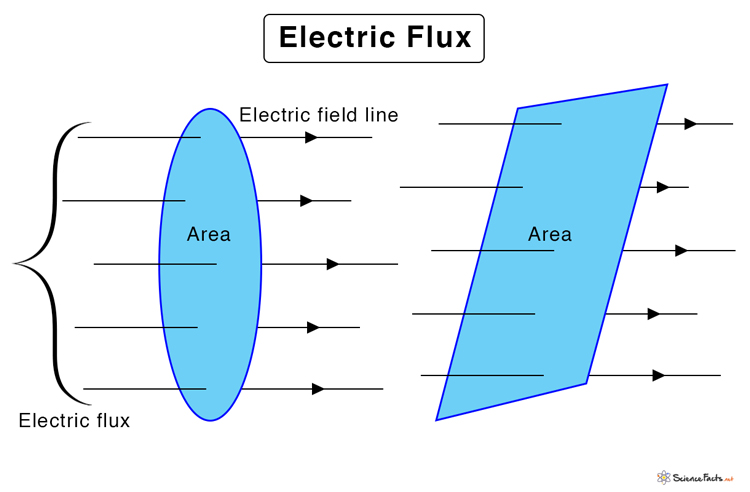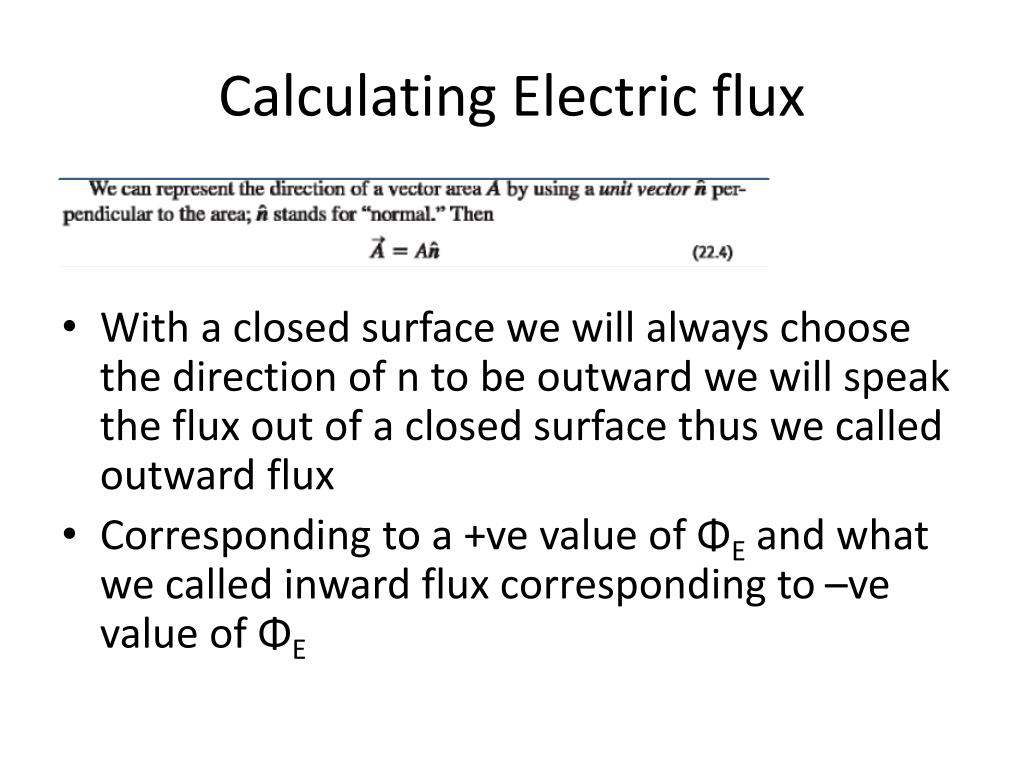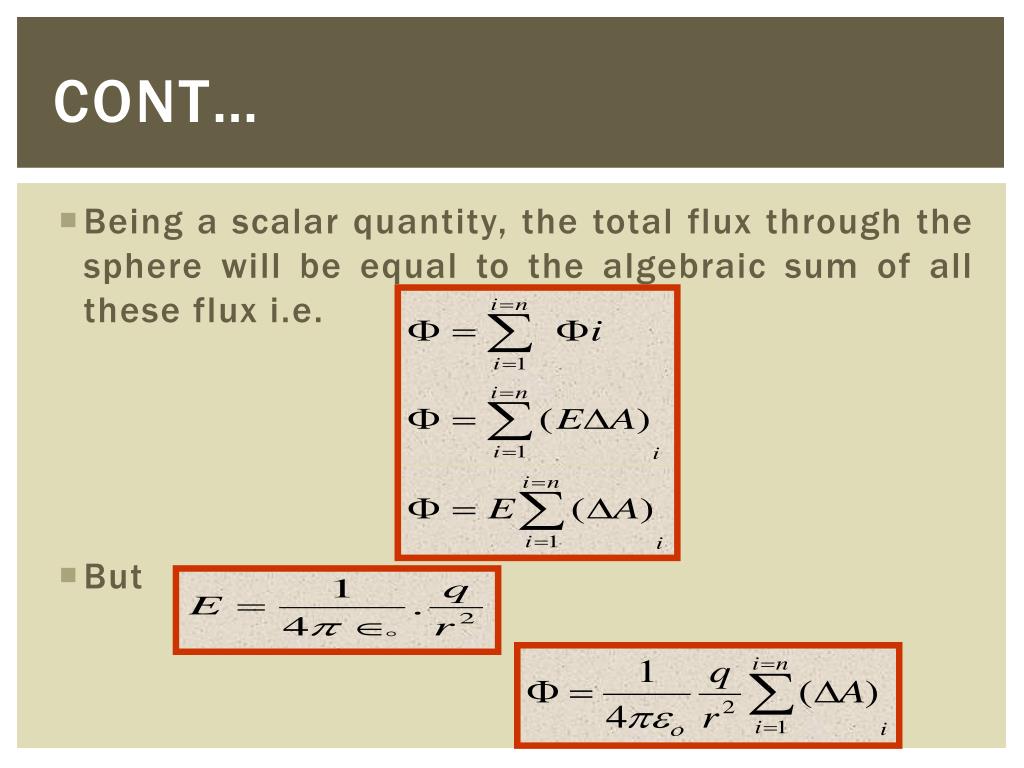

But, later on when Electricity and Magnetism gets more elaborate, you let charges move around relative to each other, and they start to generate magnetic fields. So what is the point of electric field? Is it just a bunch of pretend algebra?Īt this point in dealing with simple static e-fields you should be skeptical, and it should sound hokey. And then I say you get the same answer if you just use the original Coulomb's Law. Something exists in thin air that you can't see? If you are a skeptic, this sounds like a fairy tale. Then we come up with a tidy little equation that quantifies the "field". Then this thing called "electric field" is said to exist out in space near the other charge. We define the electric field starting with a version of Coulomb's Law with one of the charges set to q = 1. In the second we rely on calculus notation to do the bookkeeping for adding up all those infinitesimal dq's. In peanut butter charge q_i becomes the differential charge dq, and the SUM turns into (evolves into) an INT (integral). So in the article you see the equation for the electric field from multiple charges The trick is to use calculus to focus down on a tiny tiny bit of the charged structure, a bit so small it can be considered a particle.

In this blob of charge we have to somehow identify a charge particle.
#N value in electric flux formula how to#
If you are presented with a problem based on peanut butter charge you have to figure how to apply particle-based Coulomb's Law.

Continuous charge will include a density specification like 2 coulombs per meter, or 3 coulombs per cubic inch. If you see a problem statement like "assume a uniformly charged rod," that's an example of the continuous peanut butter version of charge. The charge is uniformly distributed throughout the peanut butter. You charge something by slathering it with peanut butter charge. Peanut butter isn't a collection of particles, it's something different. Coulomb's Law treats charge this way, there's a q1 and a q2.Īnother way is to think of charge as a continuous substance, like peanut butter. You can count sand particles (if there are not too many). This makes it convenient to think about charge as particles, or like a bunch of sand. We know that charge is the property of two atomic particles, electrons and protons. There are two ways to think about charge.


 0 kommentar(er)
0 kommentar(er)
